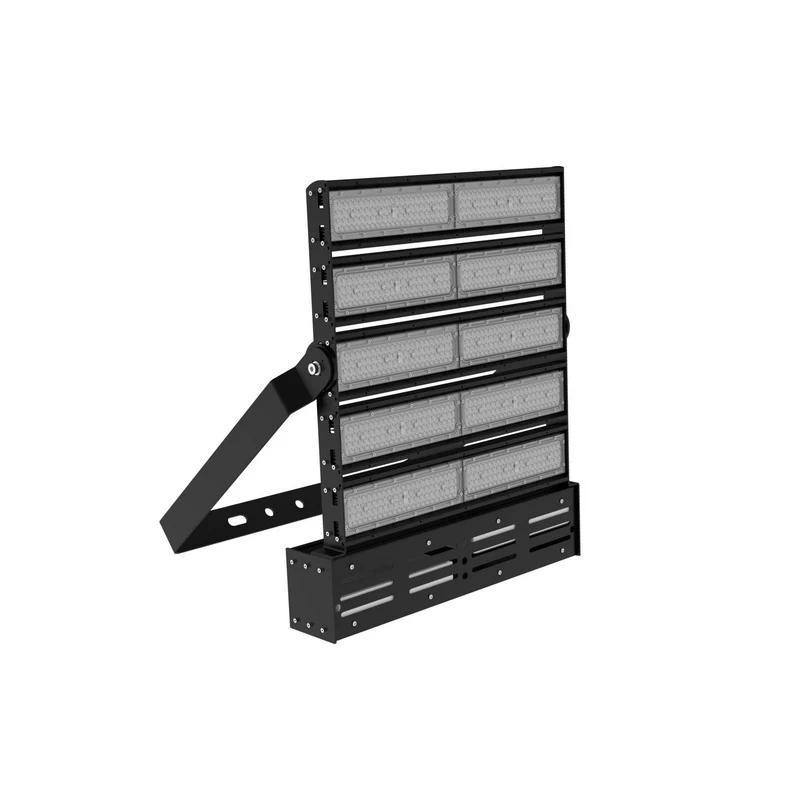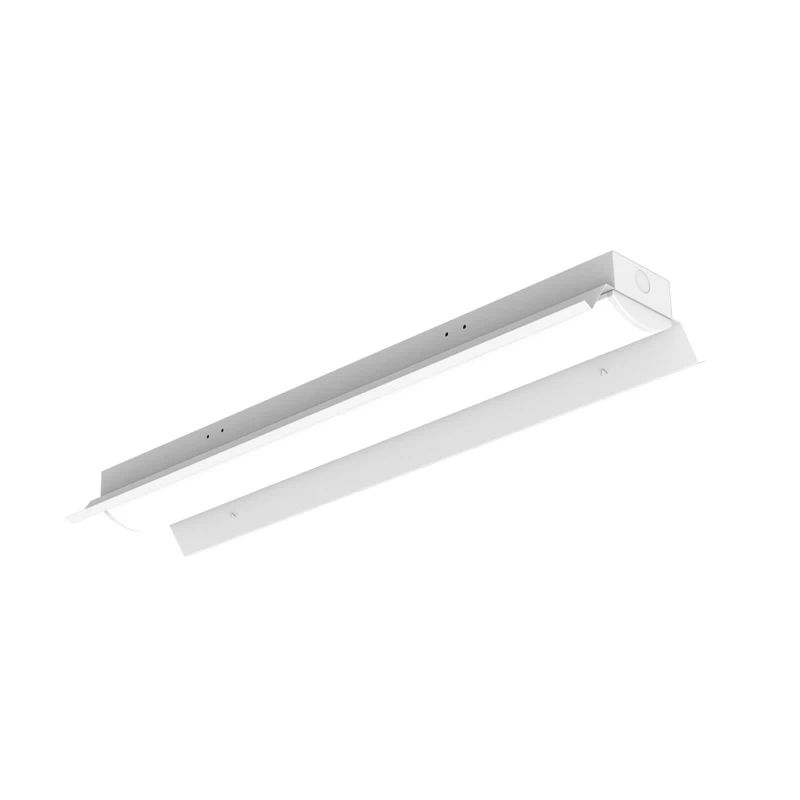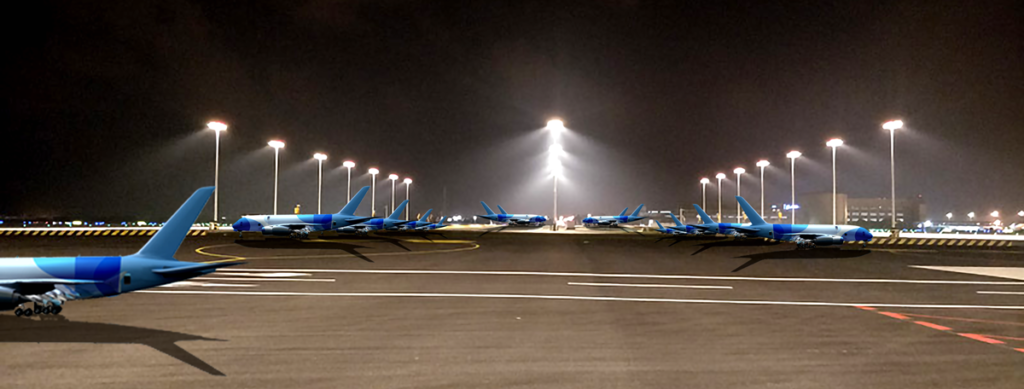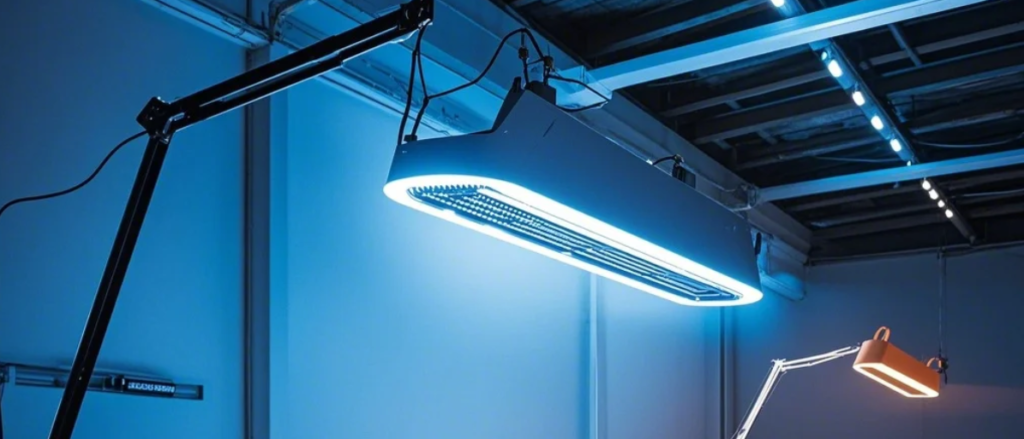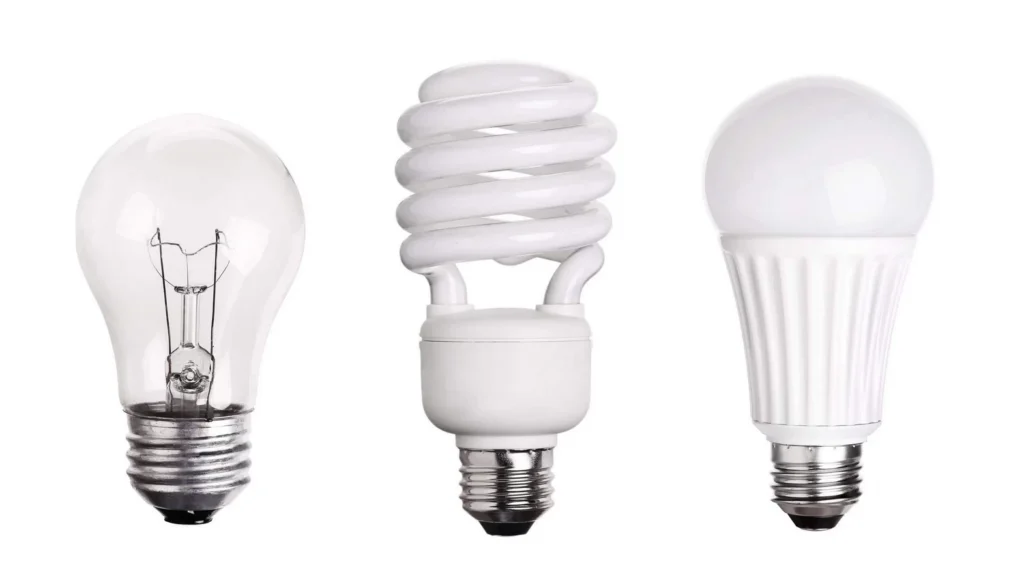Table of Contents
ToggleIntroduction
Street lights play a vital role in ensuring safety, enhancing visibility, and improving the aesthetic appeal of neighborhoods. From residential to commercial street lights, the choices are vast, and the costs associated with their installation, maintenance, and operation can vary significantly. Understanding the factors that affect the price of street lights, including how much street lights cost, how much street lights cost per month, and how much a street light weighs, can help municipalities and homeowners make informed decisions.

How Much Does It Cost to Replace Street Lights and Poles?
Replacing street lights, whether it’s due to wear and tear or upgrading to energy-efficient LED street lights, involves several factors. The cost of replacing a light fixture, such as street light heads or replacement street light poles , can vary based on the type of streetlight.
Cost to Replace Street Light Fixture. This is primary cost. Prices vary widely, depending on:
- Power: For example: 50W, 80W, 100W, 120W, 150W. Higher wattage means higher prices, but also brighter lighting.
- Luminous efficacy (lm/W): Higher luminous efficacy means lower power consumption for the same brightness, and generally higher prices.
- Brand and quality: Luminaires from professional brands, with long warranties (5-10 years), and high-grade protection are more expensive.
- Light distribution design: Light distribution designs optimized for street lighting can improve efficiency and reduce light pollution.
- Smart features: Whether integrated dimming, sensors, and other features can increase costs.
Estimated range: A reliable, high-quality LED lights suitable for street lighting (excluding installation) can cost between US$100 and US$500. For example, a 120W LED streetlight replacing a traditional 250W high-pressure sodium lamp might cost between US$150 and US$200.
Cost to Replace Street Light Poles. The cost of replacing street light poles is usually much higher than replacing lamps:
Material and height: Excellent materials are stronger and more corrosion-resistant. The higher the height, more material is used and more expensive it is.The price for 6-12m is usually US$100-1000.
| Material | Typical Height | Price Range (USD / each) | Notes |
|---|---|---|---|
| Galvanized Steel (Q235/Q345) | 6m – 12m | $80 – $300 | Cost-effective, durable, widely used |
| Stainless Steel (304/316) | 6m – 10m | $200 – $800 | Corrosion-resistant, for coastal/landscape |
| Aluminum Alloy | 5m – 9m | $250 – $600 | Lightweight, anti-corrosion, aesthetic |
| Conical/Octagonal Steel (Galvanized + Powder Coating) | 8m – 15m | $150 – $500 | High strength, used for main roads/squares |
| Decorative/Custom Poles | 4m – 8m | $300 – $1,500+ | Unique design, higher cost |
In most cases, light poles and street lights are matched together, but whether they must be replaced depends on several key factors:
- If replacement LED street light has similar power, weight and installation port to original light, you can continue to use original light pole.
- If LED street light is replaced with different power, weight, or beam angle, then the light pole or height must be replaced to withstand the LED street light.
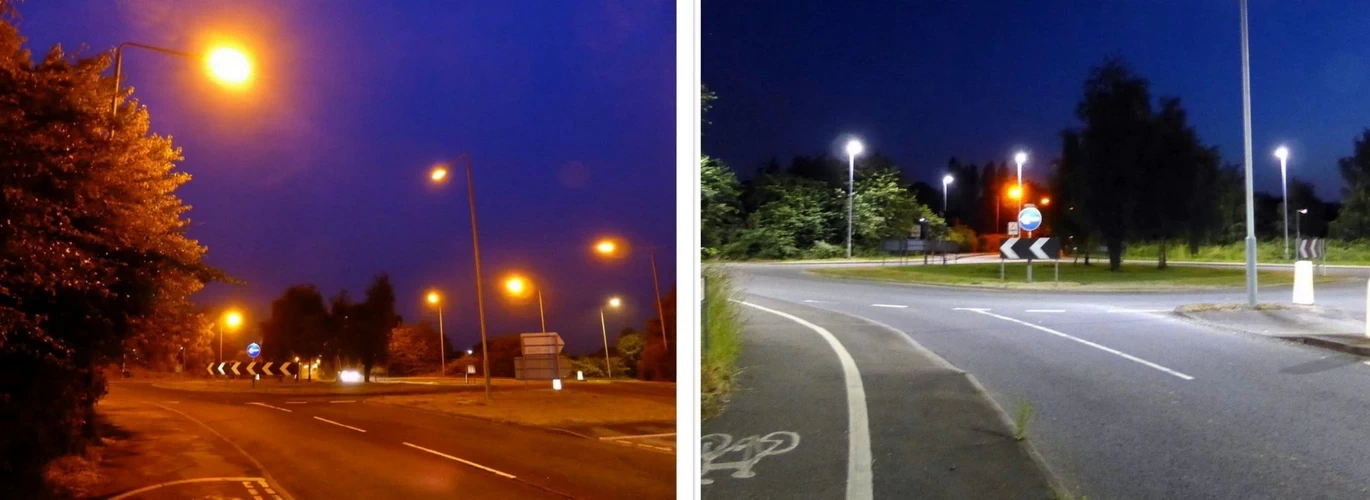
How Much Does Cost to Install Street Lights?
The cost of installing street lights includes cost of installing lamps and cost of installing poles. These costs can be affected by type of lamp (LED street lights, solar street lights), location (residential or commercial areas), and complexity of installation.
Lighting Installation Costs
- Low-height, simple replacement: Labor + Equipment Rental + Materials = $80-$150
- Standard-height, conventional installation: Labor + Equipment Rental + Materials = $150 – $300
- Ultra-high, intelligent lighting commissioning: Labor + Equipment Rental + Materials = $300 – $600+
Light Pole Installation Cost
- 6-8 meters: Crane Cost + Labor Cost = $300-$480
- 9-12 meters: Crane Cost + Labor Cost = $420-$650
- 13-15 meters: Crane Cost + Labor Cost = $600-$950+
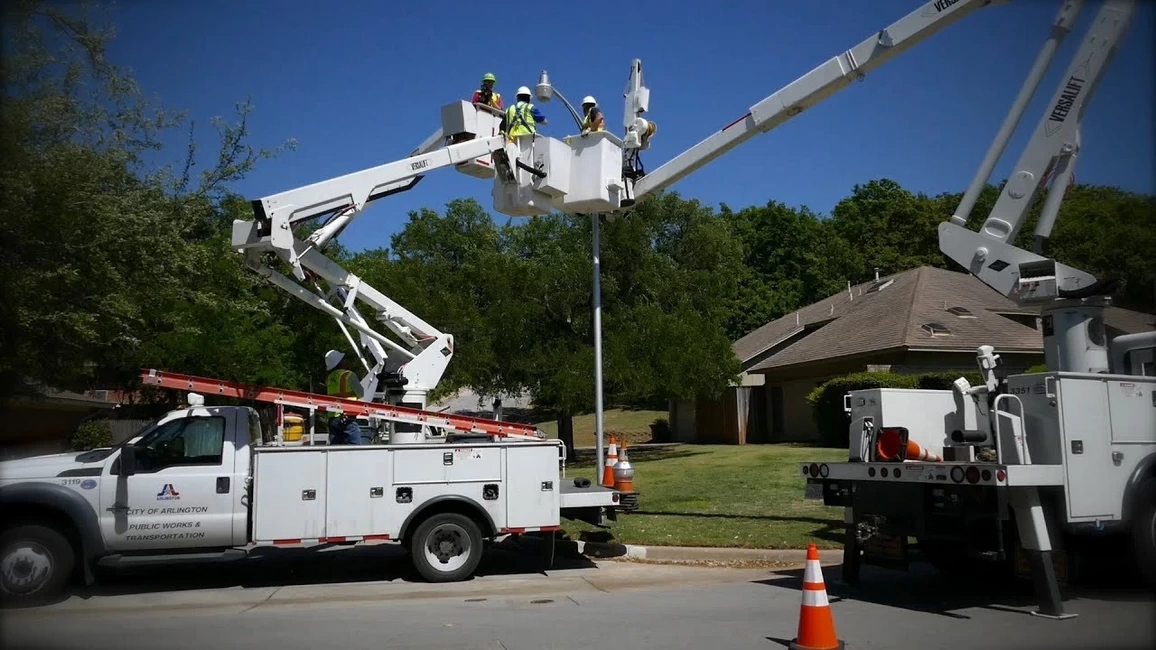
How Much Does It Cost to Run Street Lights?
The ongoing cost of running streetlights is a significant concern for both municipalities and residential communities. These costs include energy consumption, maintenance, and repairs.
Energy Costs
The higher the luminous efficiency of LED streetlights, the more energy-efficient they are. Replacing traditional streetlights can save up to 70% of energy.
For example, a 120W LED streetlight operating 12 hours per day consumes 525 kW of electricity per year (0.12 kW x 12 hours x 365 days). How much does led lighting costs can be up to 80% less than traditional lighting systems, making it a more cost-effective choice in the long run.
Maintenance Costs
Maintaining street lights includes regular cleaning, replacing street light parts, and addressing any technical issues that arise. The cost to replace a light fixture or how much does a street light cost per month in maintenance can vary depending on the type of light and its usage.
| Item | Frequency | Cost per Service (USD) | Estimated Annual Cost (USD) |
|---|---|---|---|
| Fixture Cleaning | 1-2 times/year | $30 – $70 | $30 – $100 |
| Driver Replacement | Every 5-10 years | $150 – $400 | $15 – $80* |
| LED Chip Partial Repair | Less than once/year (High-quality LEDs) | $100 – $300 | $10 – $50 |
| Wiring Inspection | Once every 2 years | $50 – $100 | $25 – $50 |
LED vs Traditional Street Lights
| Project | LED Street lights | High-Pressure Sodium Lamps | Savings |
|---|---|---|---|
| Annual Failure Rate | 1%-5% | 15%-30% | ↓70%-90% |
| Light Source Replacement | 50,000-100,000 hours (≈10 years without replacement) | 10,000-20,000 hours (1-2 replacements per year) | ↓90% |
| Ballast Repair | 10-year lifespan (rarely replaced) | 2-3 year replacement (150-300 yuan/replacement) | ↓100% |
Ledrhythm's LED Street Light Series
Ledrhythm’s Moon LED street light series offers three different models, providing a variety of power and light distribution. Each model is designed to meet different lighting needs.
- Energy Efficiency: The MOON Series offers a light efficiency of up to 150lm/W, which significantly reduces energy consumption. For instance, a 100W MOON III model can effectively replace a traditional 250W street lamp, providing the same level of illumination at a fraction of the energy cost.
- Long-Term Savings: Investing in the MOON Series means fewer replacements and lower maintenance costs over time. The extended lifespan of these high-efficiency street lights further contributes to long-term savings, making them a smart investment for municipalities and businesses.

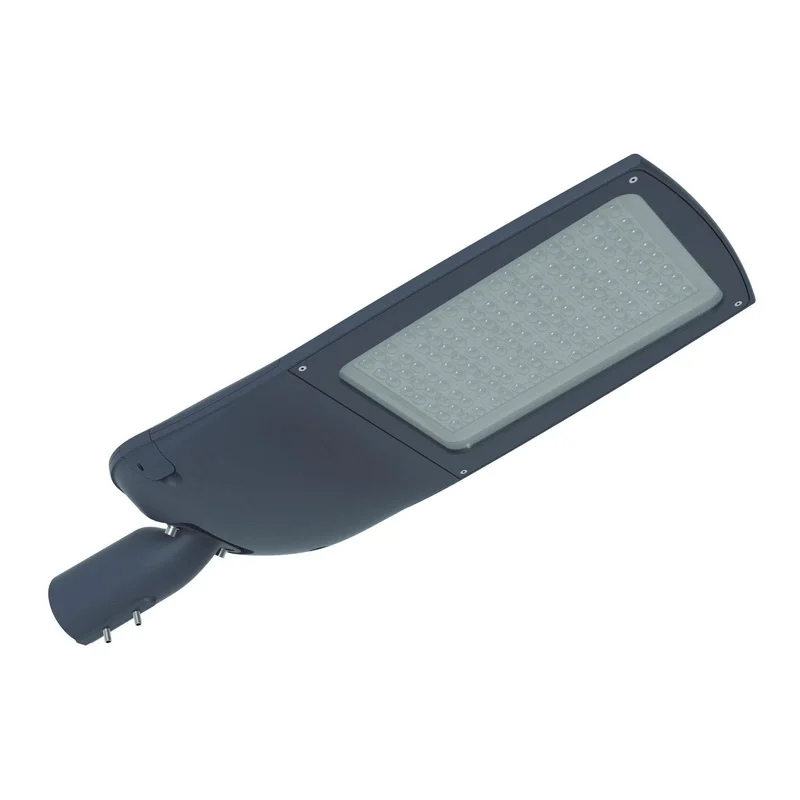
Comparative Cost of MOON Series and Traditional Street Lights
When compared to traditional HPSV street lights or halogen street lights, the MOON Series represents a higher initial cost but delivers substantial savings in the long run through reduced energy consumption and maintenance.
- Traditional HPSV Street Lights: These are typically cheaper to purchase but incur higher operational and maintenance costs due to lower efficiency and shorter lifespan.
- LED Rhythm’s MOON Series: Although the upfront cost is higher, the lower ongoing costs result in a quicker return on investment, making it the more economical choice over time.
Conclusion
Whether you’re looking to replace your streetlights or install new, I recommend modern LED street lights. They’re more energy-efficient, last longer, and provide a better lighting experience. While the initial cost may be higher, the savings will be even greater after two years.
Feel free to contact us. By incorporating the LED Rhythm’s MOON Series into your street lighting plan, you can achieve a balance of high performance, energy efficiency, and long-term cost savings.
People Also Ask
How much does street light cost per month?
- A 200W HPS streetlight operates 11 hours a day, the monthly electricity bill is $8.
- A 100W LED streetlight operates 11 hours a day, the monthly electricity bill is $4. This represents a savings of over 50%.
If maintenance and replacement costs are taken into account, LED streetlights can actually save even more.
What to do if LED street light cost is too high?
Initial Cost: The initial cost of using LED street lights is indeed about 60% higher than HPS.
Long-term Costs: LED streetlights offer a long lifespan (5-10 years), high luminous efficiency, low maintenance, and environmental friendliness. This significantly reduces operating costs, typically paying back within 3-5 years. They are undoubtedly the best choice.
How much do commercial street lamps cost?
Because commercial LED streetlights require high lighting standards, the price of a lamp ranges from $300 to $600. Monthly electricity bills are approximately $4 to $6, and monthly maintenance costs are greater than $1 to $3.
What are the lighting standards for commercial street lamps?
Recommended LED street light specifications based on European and American commercial street lighting standards:
- Luminous flux > 20,000 lm
- Color rendering index > 70
- Power range 100-150W
- Color temperature 3000-4000K
- IP65+ protection rating
- Lifespan > 50,000 hours
- Average illumination 3-7 lux
Can street lamp bulbs be replaced?
Traditional streetlights, such as high-pressure sodium lamps, typically use replaceable bulbs, requiring simple replacement of the bulb for maintenance.
A few modern LED streetlights have replaceable light source modules, but most LED streetlights are integrated, requiring the entire fixture to be replaced.

